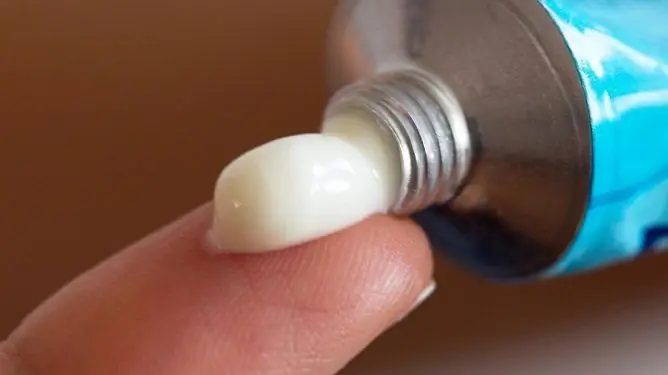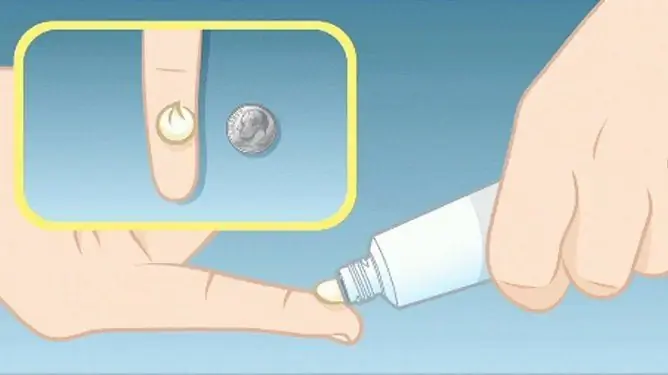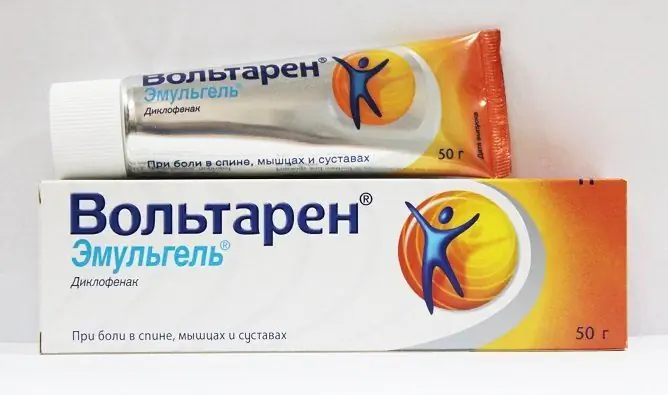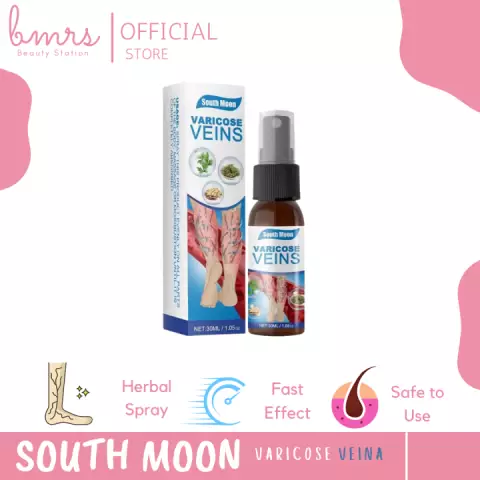- Author Rachel Wainwright [email protected].
- Public 2023-12-15 07:39.
- Last modified 2025-11-02 20:14.
Akriderm GK
Akriderm GK: instructions for use and reviews
- 1. Release form and composition
- 2. Pharmacological properties
- 3. Indications for use
- 4. Contraindications
- 5. Method of application and dosage
- 6. Side effects
- 7. Overdose
- 8. Special instructions
- 9. Application during pregnancy and lactation
- 10. Use in childhood
- 11. Drug interactions
- 12. Analogs
- 13. Terms and conditions of storage
- 14. Terms of dispensing from pharmacies
- 15. Reviews
- 16. Price in pharmacies
Latin name: Akriderm GK
ATX code: D07XC01
Active ingredient: betamethasone (betamethasone) + gentamicin (gentamicin) + clotrimazole (clotrimazole)
Manufacturer: Akrikhin, JSC (Russia)
Description and photo update: 2019-09-09
Prices in pharmacies: from 360 rubles.
Buy

Akriderm GK is a drug for external use with antibacterial, antifungal and anti-inflammatory effects.
Release form and composition
Dosage forms of release of Akriderma GK:
- Ointment for external use 0.05% + 0.1% + 1%: white or almost white, translucent (15 or 30 g each in aluminum tubes, 1 tube each in a cardboard box);
- Cream for external use 0.05% + 0.1% + 1%: white or almost white (15 or 30 g each in aluminum tubes, 1 tube each in a cardboard box).
Each pack also contains instructions for the use of Akriderma GK.
Composition of 100 g of ointment:
- Active ingredients: betamethasone - 0.05 g (equivalent to the content of betamethasone dipropionate in terms of 100% substance - 0.064 g), gentamicin (in terms of gentamicin sulfate) - 0.1 g, clotrimazole (in terms of 100% substance) - 1 g;
- Excipients: liquid paraffin oil (liquid paraffin) - 5 g, isopropyl myristate - 1 g, nipazole (propyl parahydroxybenzoate) - 0.05 g, petroleum jelly - up to 100 g.
Composition of 100 g cream:
- Active ingredients: betamethasone - 0.05 g (equivalent to the content of betamethasone dipropionate in terms of 100% substance - 0.064 g), gentamicin (in terms of gentamicin sulfate) - 0.1 g, clotrimazole (in terms of 100% substance) - 1 g;
- Excipients: propylene glycol - 10 g, cetostearyl alcohol (cetyl alcohol - 60%, stearyl alcohol - 40%) - 7.2 g, liquid paraffin - 6 g, macrogol cetostearate (macrogol-20 cetostearyl ether) - 2.3 g, edetate disodium - 0.5 g, sodium dihydrogen phosphate dihydrate - 0.26 g, petroleum jelly - 15 g, purified water - up to 100 g.
Pharmacological properties
Pharmacodynamics
Akriderm GK is one of the combined external preparations with antibacterial, antiallergic, anti-inflammatory and antifungal (fungicidal) action.
The main properties of the components:
- Betamethasone: is a glucocorticosteroid with anti-inflammatory, anti-exudative and anti-allergic properties;
- Gentamicin: is an antibiotic with a broad spectrum of bactericidal action from the group of aminoglycosides, is highly active against the gram-negative bacteria Proteus spp. (indole-positive and indole-negative strains), Campylobacter spp., Escherichia coli, Salmonella spp., Klebsiella spp., Shigella spp., Staphylococcus spp. (methicillin-resistant). Active against Acinetobacter spp., Serratia spp., Citrobacter spp., Pseudomonas spp. Resistant to gentamycin: Treponema pallidum, Neisseria meningitidis, anaerobic microorganisms (Providencia rettgeri, Streptococcus spp., Excluding Streptococcus pneumoniae);
- Clotrimazole: refers to antifungal agents from the group of imidazole derivatives. Possesses a wide spectrum of action. It has an effect due to the violation of the synthesis of ergosterol, which is an integral part of the cell membrane of fungi. Active against pathogenic dermatophytes (Trichophyton mentagrophytes, Trichophyton rubrum, Epidermophyton floccosum, Microsporum canis), yeast and mold fungi (Candida albicans, Rhodotorula spp., Torulopsis glabrata, Pityrosporum orbiculare).
Pharmacokinetics
With external application of Akriderma GK in compliance with the recommended doses, the transdermal absorption of active ingredients into the blood is very insignificant. The intensity of absorption of betamethasone when applied to the skin is determined by the state of the epidermal barrier (in the presence of inflammation and skin diseases, absorption increases).
In the case of the use of occlusive dressings, the transdermal absorption of betamethasone and gentamicin increases, which may lead to an increase in the likelihood of systemic adverse reactions.
Indications for use
- Simple and allergic dermatitis, especially complicated by secondary infection;
- Limited neurodermatitis, including lichen simplex chronicus;
- Diffuse neurodermatitis (including atopic dermatitis);
- Dermatomycosis (candidiasis, dermatophytosis, versicolor versicolor), especially when localized in large folds of the skin and in the groin area;
- Eczema.
Contraindications
Absolute contraindications:
- Cutaneous manifestations of syphilis;
- Post-vaccination skin reactions;
- Lupus;
- Chicken pox;
- Herpes simplex;
- Open wounds;
- Lactation period;
- Age up to 2 years;
- Hypersensitivity to the components that make up the drug.
Relative contraindications (cream and ointment Akriderm GK are used with caution):
- Pregnancy (especially I trimester);
- Age from 2 to 18 years old.
Akriderm GK, instructions for use: method and dosage
Cream and ointment Akriderm GK is used externally.
In mild cases, the drug is applied to the affected skin once a day, and in more severe cases, twice a day, in the morning and in the evening. Depending on the tolerance of the drug and the effectiveness of the therapy, treatment can last from 2 to 4 weeks. If there is no improvement within a week, it is necessary to change the treatment regimen, or to clarify the diagnosis.
It is recommended to gradually cancel the product after prolonged use.
Side effects
Side effects when using Akriderm GK are infrequent. The local reactions caused by the drug most often include:
- Dry skin;
- Hypertrichosis;
- Itching, burning sensation;
- Skin irritation;
- Steroid acne;
- Folliculitis;
- Various kinds of local allergic reactions (from urticaria to angioedema);
- Hypopigmentation.
With prolonged use of Akriderm GK ointment or cream, systemic side effects may develop:
- Increased blood pressure;
- Increase in body weight;
- Swelling;
- Hyperglycemia;
- Dysmenorrhea;
- Osteoporosis;
- Insomnia;
- Ulceration of the mucous membrane of the gastrointestinal tract;
- Aggravation of hidden foci of infection;
- Increased excitability.
The use of occlusive dressings increases the risk of systemic side effects.
In children, the drug can cause glucosuria, manifestation of Cushing's syndrome and reversible suppression of the function of the adrenal cortex.
Overdose
In case of an overdose, the development of symptoms of hypercortisolism is possible.
Therapy: gradual abolition of Akriderm GK, symptomatic treatment, if necessary, correction of electrolyte disturbances is carried out.
special instructions
This tool is not used in ophthalmology. Care should be taken to avoid eye contact.
Prolonged use of the drug applied to large areas of the body when using occlusive dressings can lead to the development of atrophic changes in the skin.
In cases of the appearance of stable fungal and bacterial microflora, as well as hypersensitivity, it is necessary to cancel the remedy and undergo appropriate therapy.
Application during pregnancy and lactation
- Pregnancy, especially the first trimester: Akriderm GK can be used only for a short time according to strict indications in small areas after assessing the ratio of the expected benefit with the possible risk;
- Lactation period: breastfeeding should be interrupted.
Pediatric use
- Up to 2 years: therapy is contraindicated;
- 2-18 years: Akriderm GK should be used with caution.
Drug interactions
There is no information.
Analogs
The analogues of Akriderma GK are Triderm and Kanizon plus.
Terms and conditions of storage
Store in a dry place out of the reach of children at a temperature of 15-25 ° C.
Shelf life is 2 years.
Terms of dispensing from pharmacies
Available without a prescription.
Reviews about Akriderm GK
Reviews about Akriderm GK are mostly positive. Users recommend it as a highly effective agent with a wide spectrum of action. It is noted that the drug is odorless, absorbed quickly. The possibility of purchasing it without a prescription is also appreciated. The cost is often considered overpriced. It is indicated that with prolonged use, the development of skin atrophy and the appearance of light spots at the site of application is possible.
Price for Akriderm GK in pharmacies
The approximate price for Akriderm GK in the form of an ointment and cream is 378-428 rubles. (15 g in a tube) or 677-719 rubles. (30 g in a tube).
Akriderm GK: prices in online pharmacies
|
Drug name Price Pharmacy |
|
Akriderm GK ointment for external use 15 g 1 pc. RUB 360 Buy |
|
Akriderm GK cream for external use 15 g 1 pc. 409 r Buy |
|
Akriderm GK ointment 15g 416 RUB Buy |
|
Akriderm GK cream 15g RUB 470 Buy |
|
Akriderm GK cream for external use 30 g 1 pc. 637 RUB Buy |
|
Akriderm GK ointment for external use 30 g 1 pc. 646 r Buy |
|
Akriderm GK cream 30g RUB 780 Buy |
|
Akriderm gk ointment 30g n1 792 r Buy |
| See all offers from pharmacies |

Anna Kozlova Medical journalist About the author
Education: Rostov State Medical University, specialty "General Medicine".
Information about the drug is generalized, provided for informational purposes only and does not replace the official instructions. Self-medication is hazardous to health!






